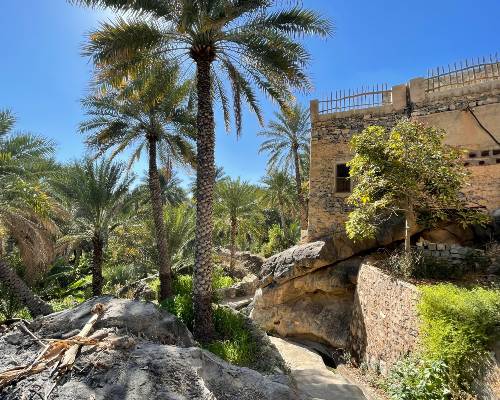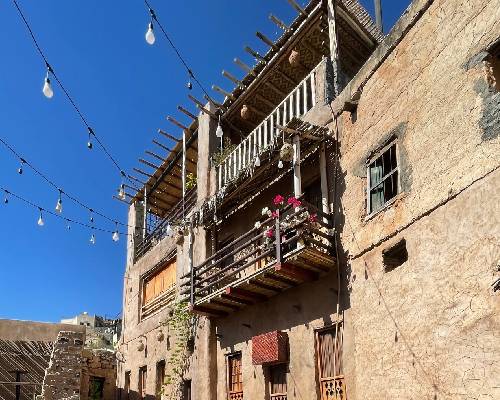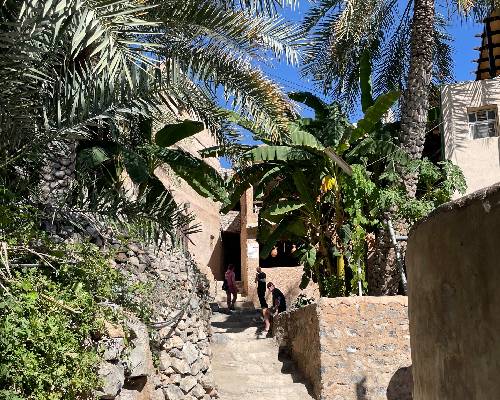
OMAN
A Photo Essay through the Jebel Shams Region
Arguably one of the most underrated destinations in the Middle East, Oman has many hidden gems just waiting to be discovered.
I recently spent a few days exploring the Jebel Shams region. Jebal Shams is part of the Hajar mountain range and is the highest mountain in the country. Jebal Shams means ‘Sun Mountain’ in Arabic and is so called as it is the first place to receive the sunrise in Oman due to its high peak. As well as hiking and off-road adventures, I also visited the villages of Al Hamra and Misfat Al Abriyeen.
Mary Eden | Red Elephant Reps Marketing Director
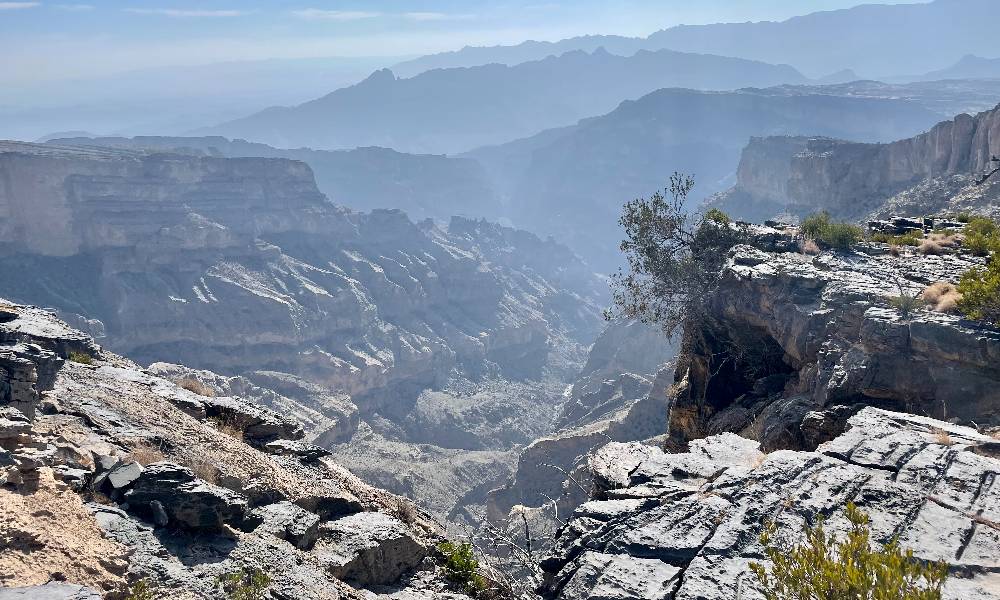
Jebel Shams is best known for spectacular views into Wadi Ghul and Wadi Nakhur – also referred to as the Grand Canyon of Arabia – one of the country’s best-kept secrets.
The jaw-dropping canyon plunges more than 1,000 metres, exposing vertical cliffs on all sides and unusual rock formations that have been chiselled into different forms by erosion.
From the summit, there are views onto the other side of the canyon, down into Wadi As Sahtan and Wadi Bani Awf.
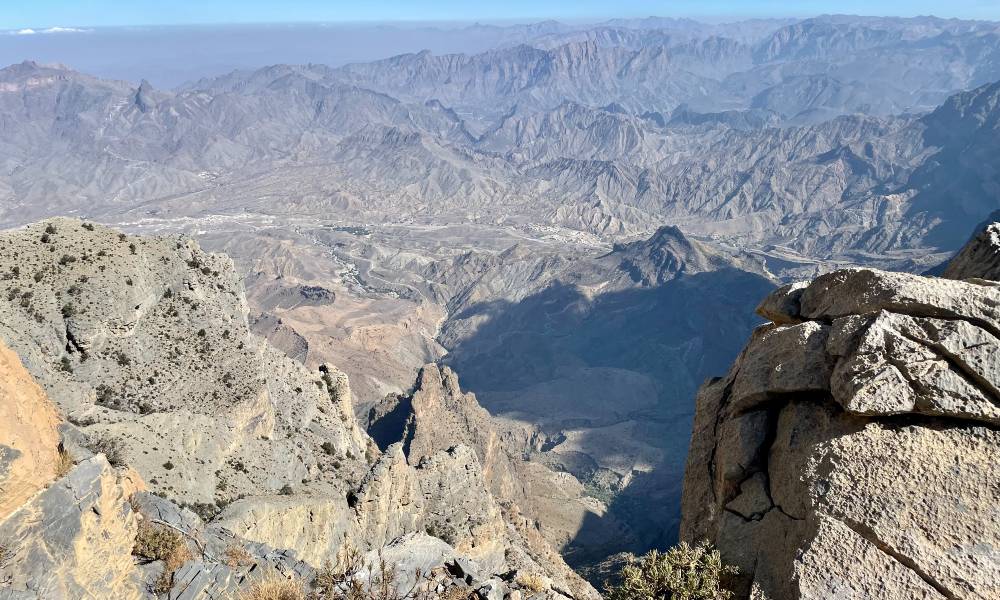

From the summit, there are views onto the other side of the canyon, down into Wadi As Sahtan and Wadi Bani Awf.
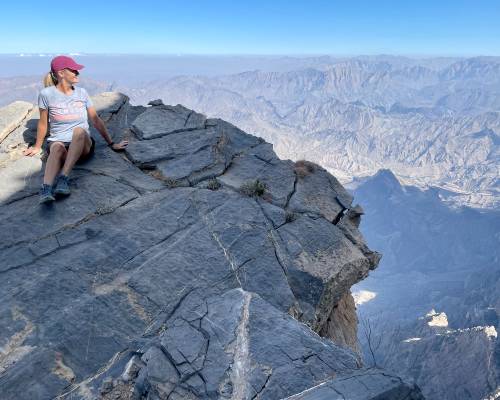
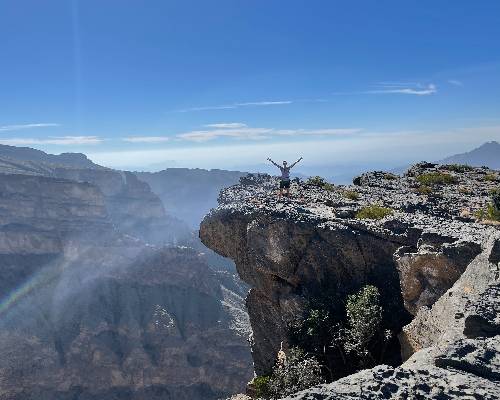
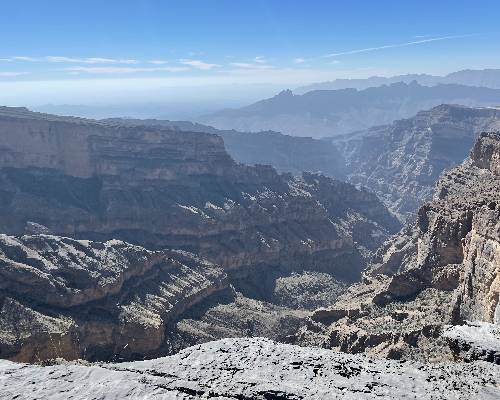
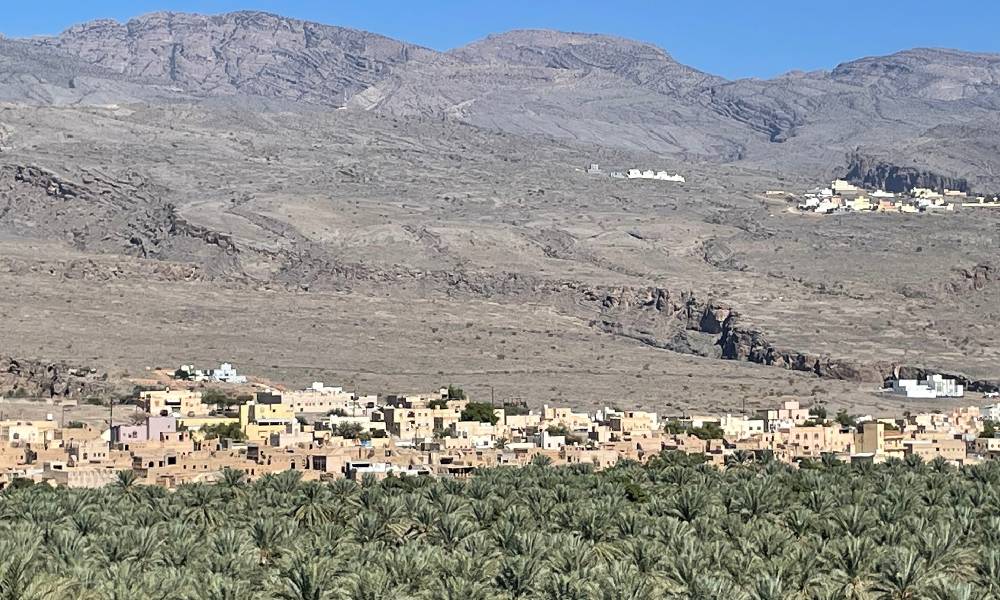
Just beyond the new part of Al Hamra, lies the 400-year-old abandoned town built on a tilted rock slab and fronted by a large oasis of date trees. This hauntingly beautiful ancient hamlet is home to some of the oldest preserved houses in Oman.
The village was deserted at the end of the 20th century when modern life came knocking on its beautiful wood carved doors.
The decaying houses reveal an inner anatomy of light-filled rooms with painted ceilings of palm beams and fronds topped by mud and straw.
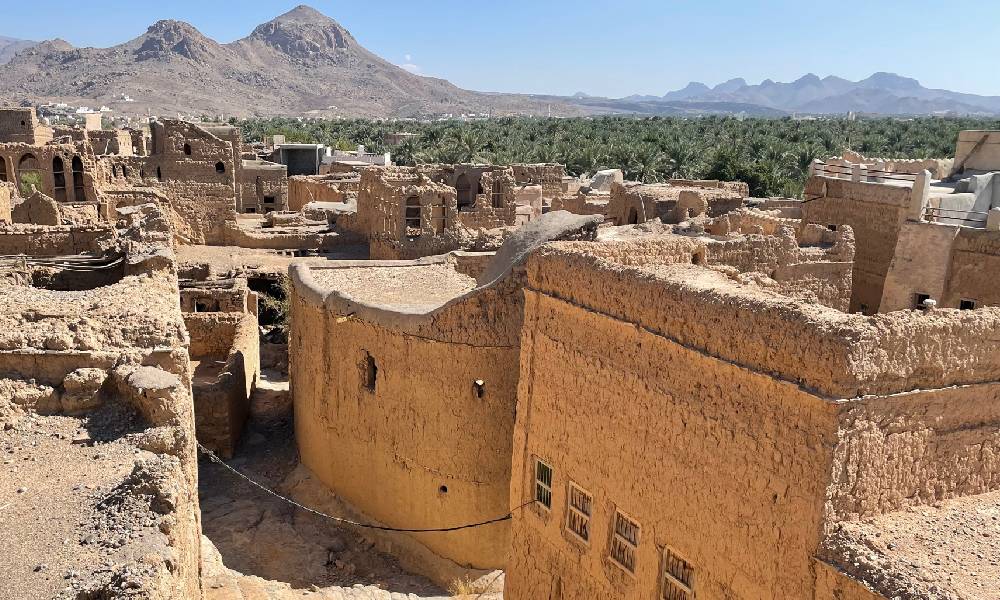

The decaying houses reveal an inner anatomy of light-filled rooms with painted ceilings of palm beams and fronds topped by mud and straw.
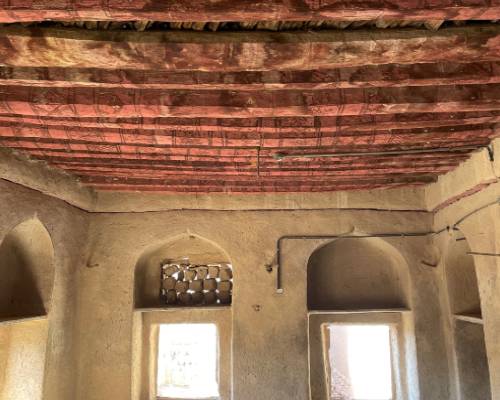
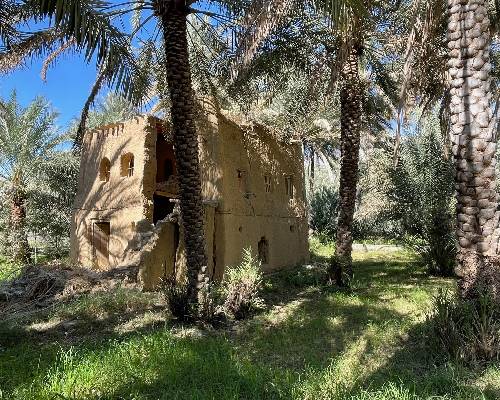
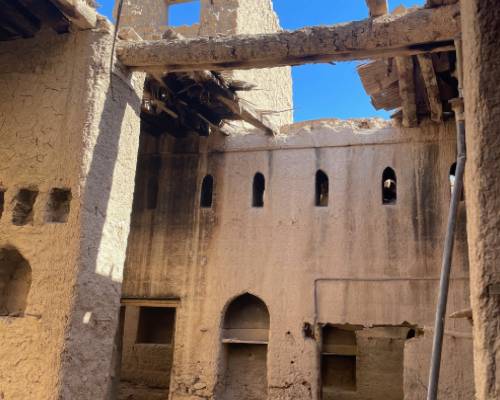
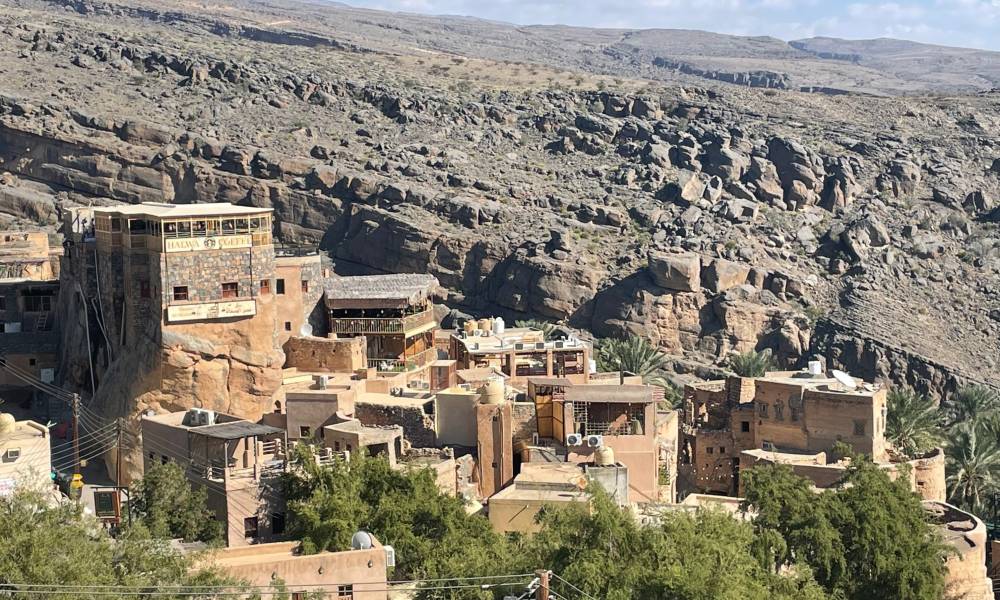
Our last stop was at Misfat Al Abriyeen, an authentic ‘living’ Omani mud village located on the mountainside 1,000 metres above sea level.
The 500-year-old village is surrounded by a green carpet of terraced fields, irrigated by the falaj system, where bananas, pomegranates, papayas, mangoes, citrus trees and palm trees are grown.
The houses are in varying states of disrepair, with some having been renovated and converted into guest houses and cafes.
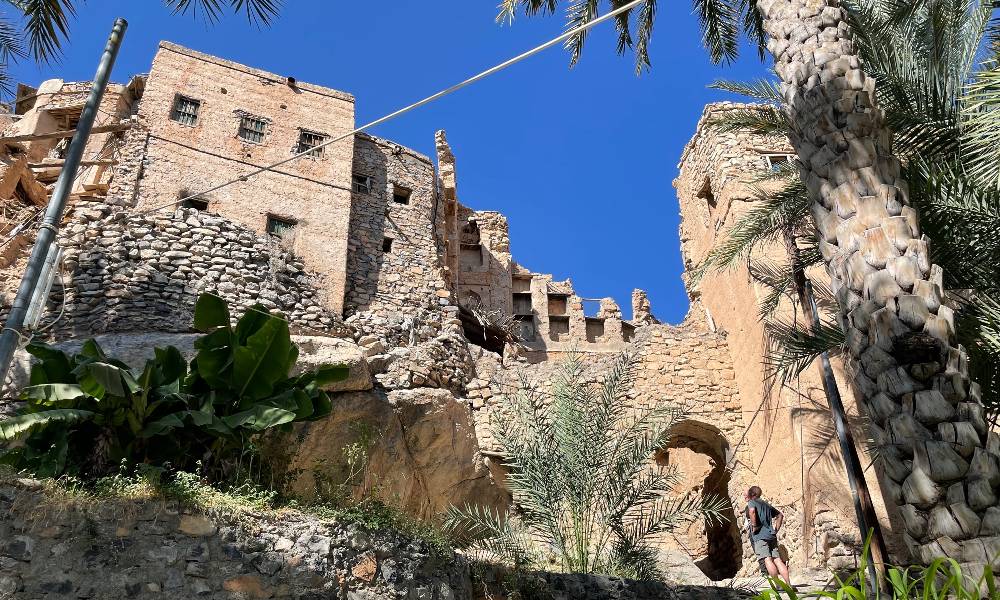

The houses are in varying states of disrepair, with some having been renovated and converted into guest houses and cafes.
